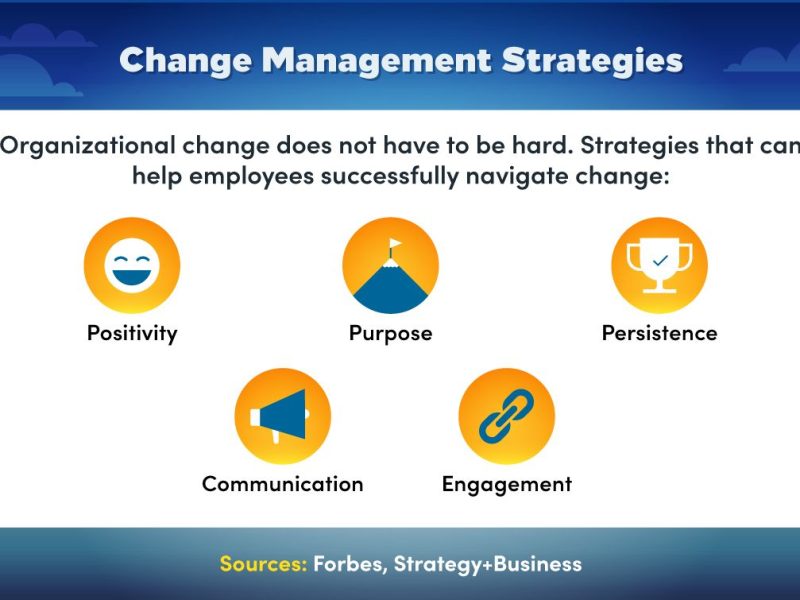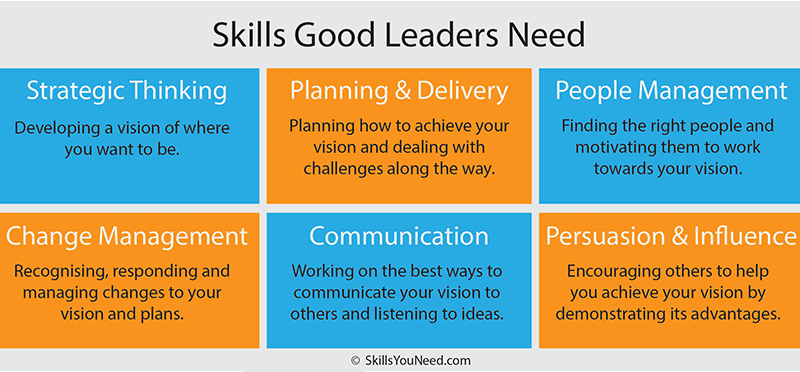In today’s fast-paced business environment, efficiency is key to staying competitive. One of the most effective ways to increase productivity and reduce costs is by implementing automation tools in your business processes. By utilizing software and technology to streamline repetitive tasks, companies can free up time for employees to focus on higher-value activities and make better use of resources.
Benefits of Automation Tools
Automation tools offer a wide range of benefits for businesses of all sizes. Some of the key advantages include:
Increased Efficiency: Automation tools can perform repetitive tasks much faster and more accurately than humans, allowing businesses to complete tasks in a fraction of the time.
Cost Savings: By reducing the need for manual labor, automation tools can help businesses save money on labor costs and increase their overall profitability.
Improved Accuracy: Automation tools can eliminate human errors and ensure that tasks are completed consistently and accurately every time.
Enhanced Customer Experience: By streamlining processes with automation tools, businesses can improve their customer service and response times, leading to higher satisfaction rates.
Types of Automation Tools
There are a wide variety of automation tools available on the market to help businesses streamline their processes. Some of the most popular types include:
Workflow Automation Software: These tools automate repetitive tasks and processes, allowing employees to focus on more strategic activities.
Email Marketing Automation: This type of software automates the process of sending marketing emails to customers, saving time and increasing engagement.
Customer Relationship Management (CRM) Systems: CRM software automates the management of customer interactions and helps businesses track and analyze customer data.
Accounting and Finance Software: These tools automate financial processes such as invoicing, payroll, and budgeting, helping businesses save time and reduce errors.
Implementing Automation Tools in Your Business
When it comes to implementing automation tools in your business, there are a few key steps to consider:
Identify Areas for Automation: Start by identifying the most repetitive and time-consuming tasks in your business that could benefit from automation.
Research and Select the Right Tools: Take the time to research different automation tools and choose the ones that best fit your business needs and budget.
Training and Implementation: Provide training for employees on how to use the automation tools effectively and ensure a smooth transition to the new processes.
Monitor and Evaluate: Regularly monitor the performance of the automation tools and gather feedback from employees to make any necessary adjustments.
Case Study: XYZ Company
One example of a company that successfully implemented automation tools to streamline their business processes is XYZ Company. By investing in workflow automation software, XYZ Company was able to reduce the time spent on manual data entry tasks by 50% and improve the accuracy of their reports.
As a result, employees were able to focus on more strategic activities, such as analyzing data and making data-driven decisions, leading to a 20% increase in productivity and a 15% boost in revenue for the company.
Conclusion
Automation tools are a powerful solution for businesses looking to increase efficiency, reduce costs, and improve the overall quality of their processes. By implementing the right automation tools in your business, you can streamline repetitive tasks, free up time for employees to focus on higher-value activities, and ultimately drive greater success for your company.
Take the time to research and select the right automation tools for your business needs, and you’ll soon see the benefits of a more streamlined and efficient operation.
Streamlining your business processes with automation tools is not just a trend—it’s a smart business move that can lead to improved productivity and profitability. Don’t wait any longer to take advantage of the power of automation in your business!


